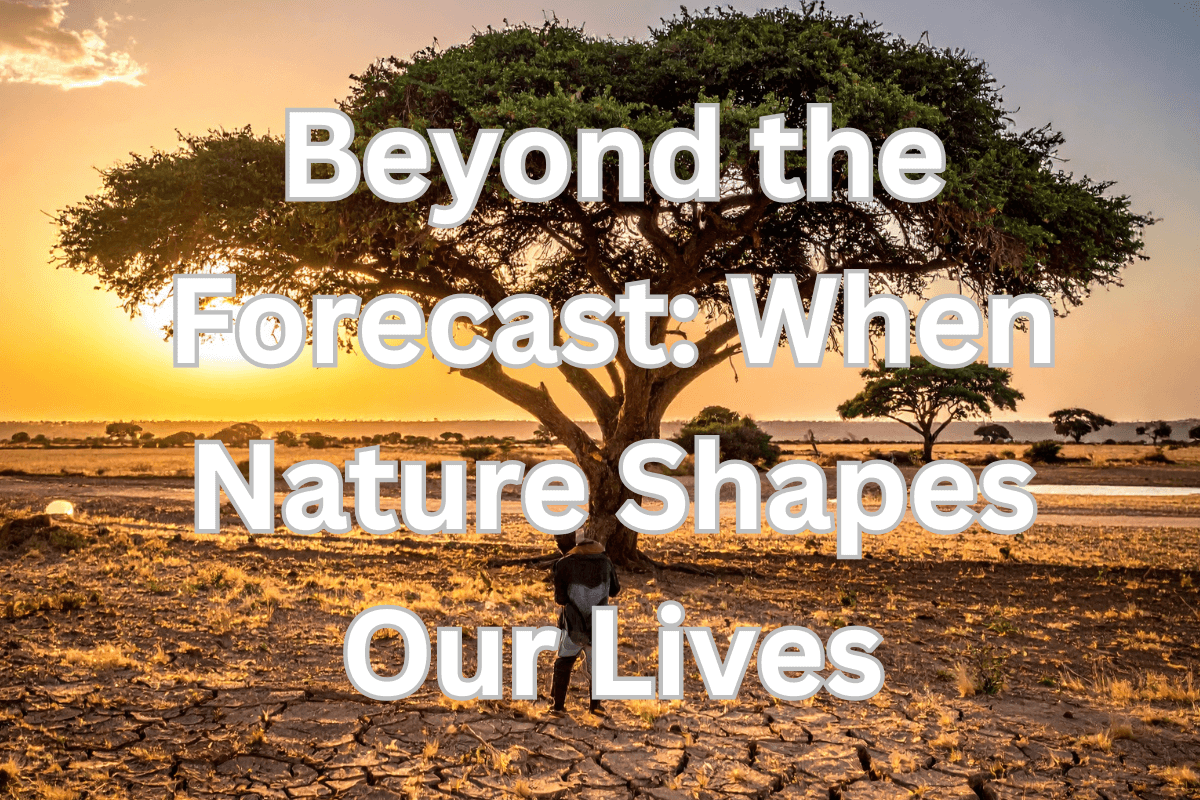This past year, Hanoi has faced unprecedented challenges as extreme weather events have wreaked havoc on daily life: What if these events don’t just disrupt our daily routines but fundamentally change who we are? The increasing severity of rainfall and flooding seems to be a global phenomenon, raising questions about our resilience and adaptability in the face of nature’s unpredictability.
Read on as we will explore the deeper cultural ripple effects of extreme weather events, examining how they shape our rituals, artistic expressions, economic practices, and social identities We will also discuss how storytelling, art, and community resilience play vital roles in helping societies navigate the challenges posed by a changing climate. Ultimately, we aim to understand how these experiences shape our collective memory and influence our future interactions with the environment.
Table of Contents
- A Shocking Reality: Extreme Flooding in Hanoi
- Rituals of Resilience: Adaptation and Awe
- Art, Story, and Survival: Expressing the Unfathomable
- Feast, Famine, and Identity: Economic and Social Shifts
- The Evolving Human Tapestry: A Look to the Future
- Deep Dive Podcast
- Related Questions
A Shocking Reality: Extreme Flooding in Hanoi
This past year, Hanoi has faced unprecedented challenges as extreme weather events have wreaked havoc on daily life. Several times, my house has been flooded, transforming familiar streets into rivers and making even the simplest tasks feel monumental.
Just this week a friend of mine shared her harrowing experience of trying to get home. What typically would have taken her less than an hour turned into a grueling five-hour journey, navigating through waterlogged roads and chaotic traffic.
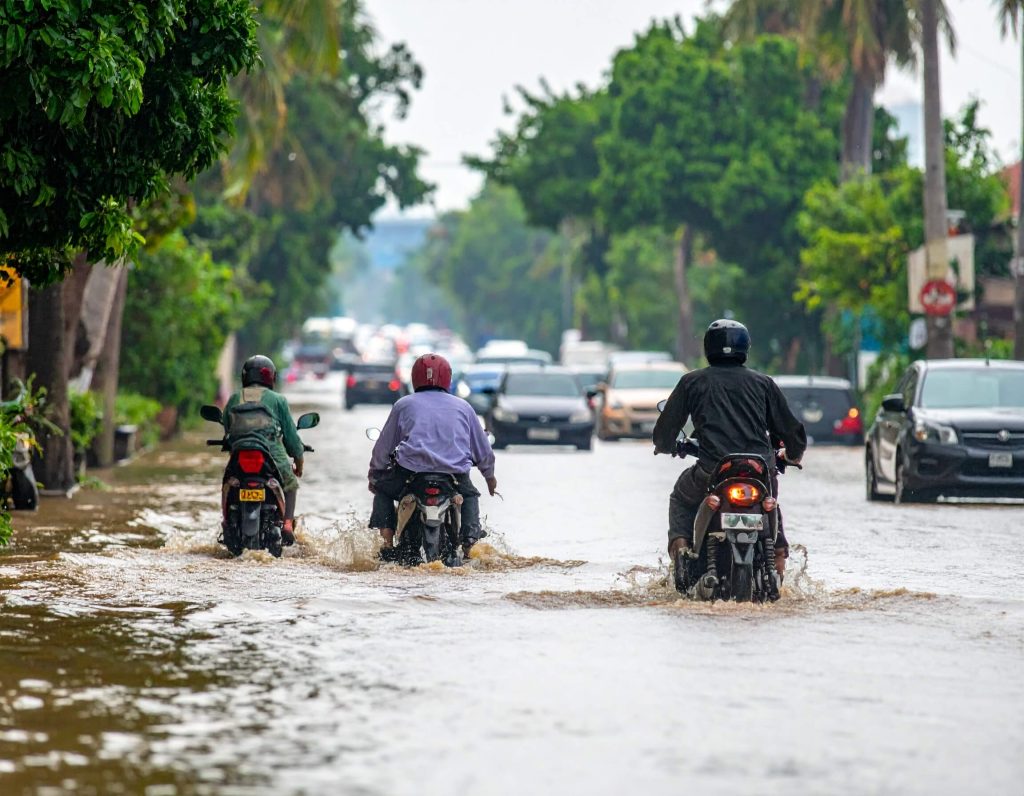
As I reflect on these experiences, I can’t help but wonder: What if these events don’t just disrupt our daily routines but fundamentally change who we are? The increasing severity of rainfall and flooding seems to be a global phenomenon, raising questions about our resilience and adaptability in the face of nature’s unpredictability.
Rituals of Resilience: Adaptation and Awe
Throughout history, communities have responded to unpredictable weather with rituals steeped in spirituality and cultural significance. Ancient rain dances and flood ceremonies serve as poignant examples of how societies have sought to engage with nature’s whims.
These rituals often reflect a deep reverence for the elements, acknowledging both their power and unpredictability.
In many cultures, rain dances were not merely performances but vital expressions of hope and gratitude. They were communal acts designed to invoke the favor of the gods or nature spirits, reminding us that humans have long sought to find harmony with the forces of nature.
Today, such practices may seem archaic, yet they resonate with a contemporary need for connection and understanding in a world increasingly marked by climate anxiety.
Modern communities are also adopting new forms of resilience through disaster preparedness initiatives. In regions prone to flooding, local organizations are leading efforts to educate residents about emergency protocols and resource management.
These initiatives are becoming ingrained social norms, fostering a culture of preparedness and collective responsibility.
Architectural adaptations further illustrate cultural resilience in the face of extreme weather. In flood-prone areas, homes are being built on stilts, and communities are designing public spaces that can withstand heavy rains.
These structures not only reflect practical responses to environmental challenges but also embody the ingenuity and determination of people to thrive amidst adversity.
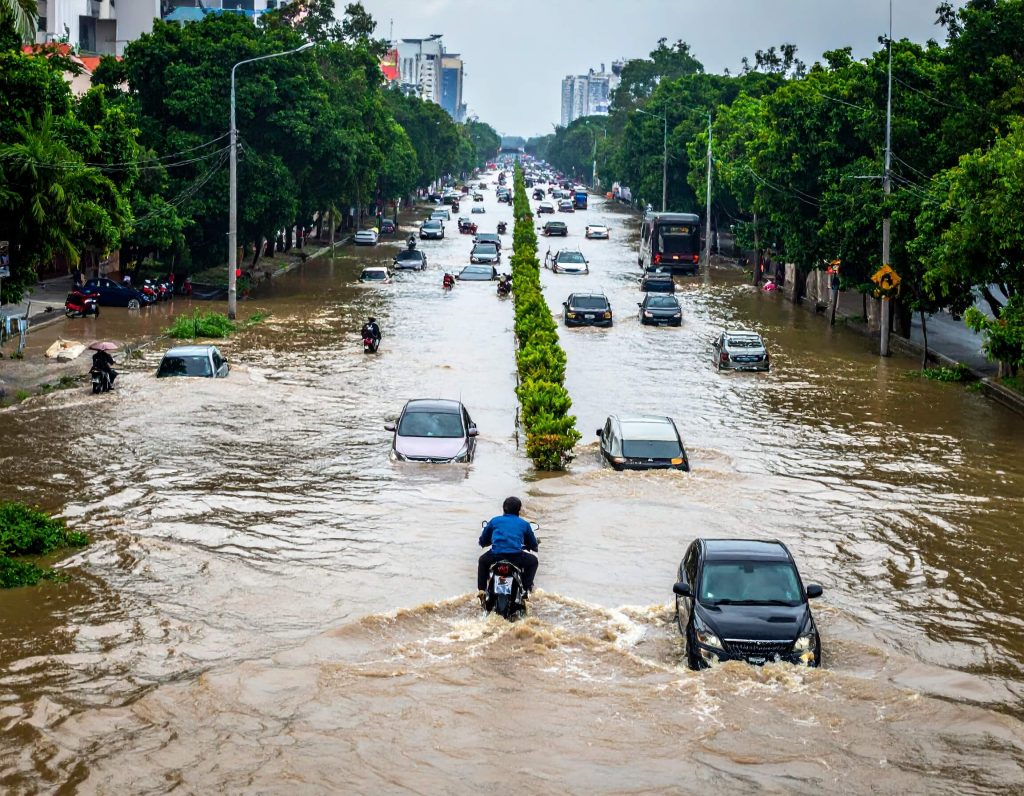
Art, Story, and Survival: Expressing the Unfathomable
Extreme weather events have long inspired rich narratives in folklore, myths, and legends. The stories that emerge from these experiences often serve as cautionary tales or frameworks for understanding the human condition in relation to nature. For instance, many cultures have myths surrounding floods, often depicting them as divine retribution or tests of faith.
Contemporary artists, musicians, and writers are also drawing inspiration from climate anxiety and extreme weather experiences. Their works serve as powerful expressions of the emotional and psychological toll of living in a world increasingly marked by environmental uncertainty.
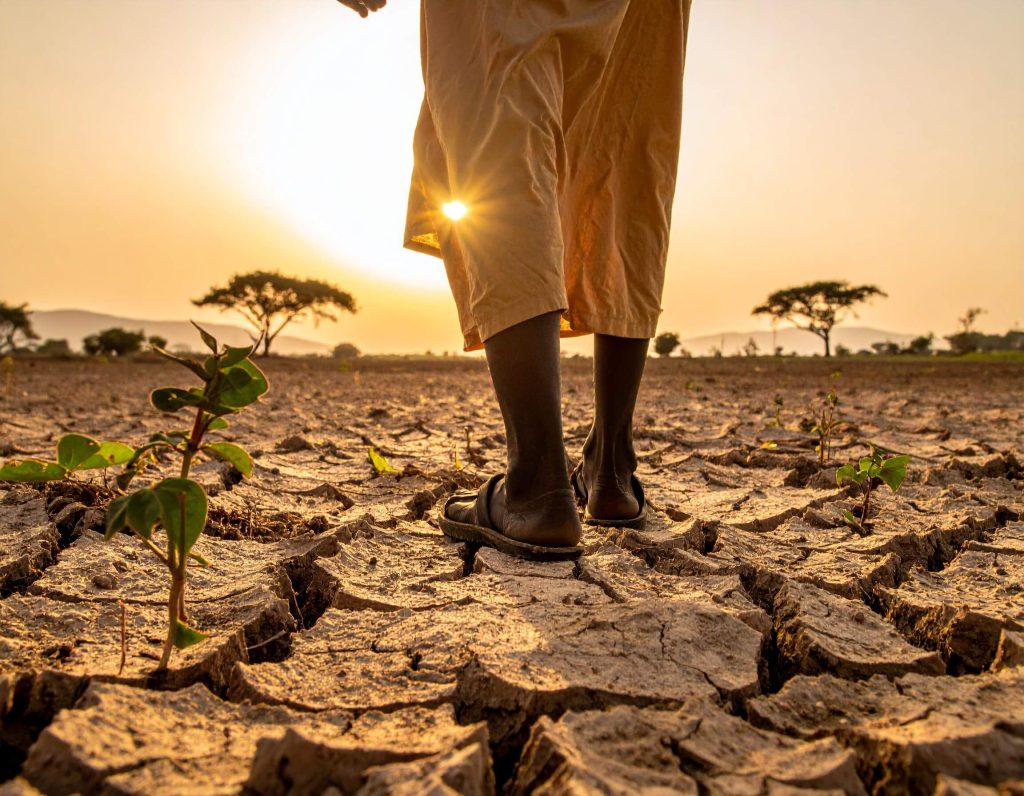
Through art, they convey feelings of loss, fear, and resilience, creating a dialogue around the impacts of climate change.
Cultural metaphors and idioms often emerge from the struggles against natural forces. Phrases like “weathering the storm” or “finding calm in the chaos” encapsulate the human spirit’s ability to endure and adapt. These expressions not only enrich our language but also serve as reminders of our shared experiences in facing nature’s challenges.
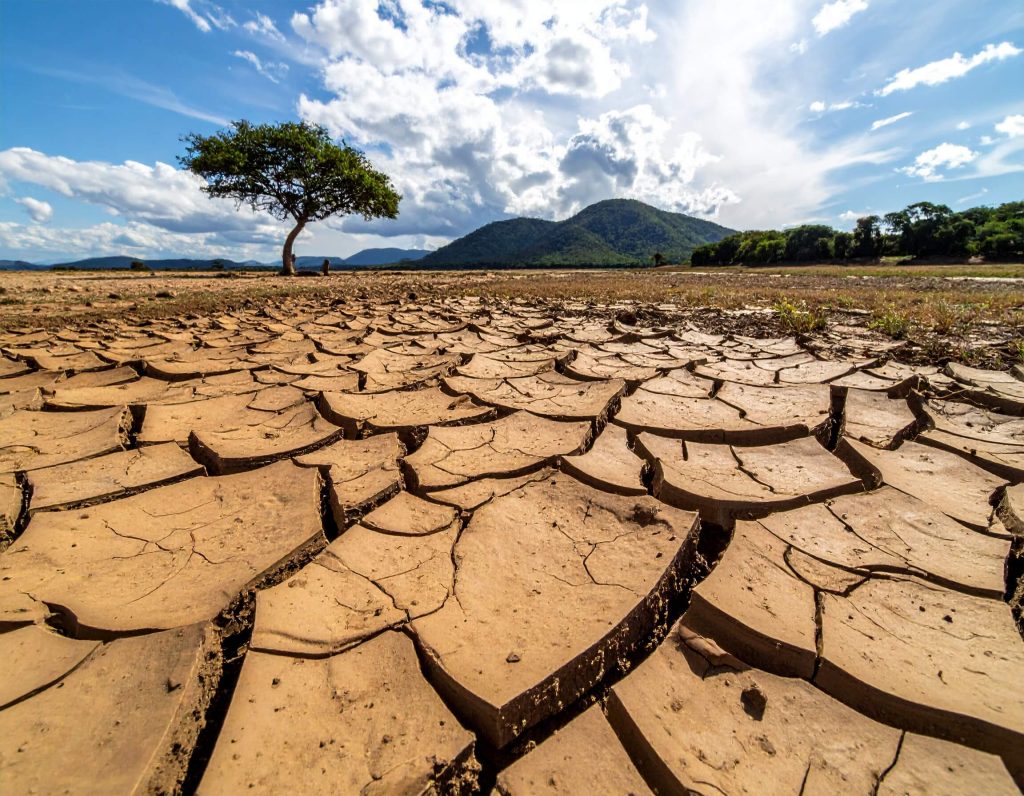
Feast, Famine, and Identity: Economic and Social Shifts
As weather patterns shift, agricultural practices and food traditions are inevitably impacted. Communities are adapting by developing drought-resistant crops or altering harvesting rituals to align with changing seasons. These adaptations not only ensure food security but also reflect the evolving relationship between culture and environment.
Migration is another significant consequence of extreme weather events. As communities are displaced due to flooding or other climate-related disasters, new cultural identities are formed. These migrations often lead to the blending of traditions and practices, resulting in a rich tapestry of cultural exchange.
Economic shifts driven by extreme weather can also reshape social structures and power dynamics within societies. As resources become scarce or agricultural outputs diminish, competition for survival can lead to tensions and inequalities. Understanding these dynamics is crucial for fostering social cohesion and resilience in the face of adversity.
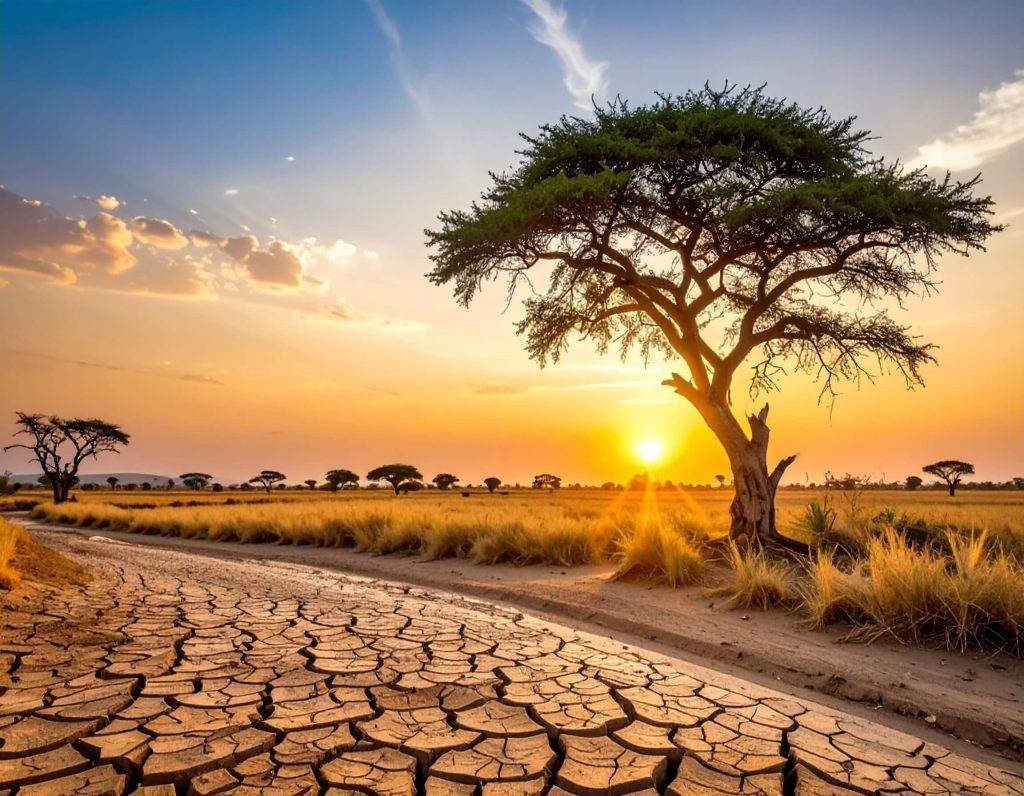
The Evolving Human Tapestry: A Look to the Future
Our collective memory of past extreme weather events plays a critical role in shaping current environmental attitudes and policies. As we witness the increasing frequency and intensity of these events, there is a growing recognition of the need for sustainable practices and climate action.
The rise of “climate culture” highlights how shared experiences of extreme weather are fostering new global communities. People are coming together to advocate for change, sharing knowledge, resources, and support in the face of common challenges. This sense of solidarity can empower individuals and communities to take meaningful action against climate change.
As we reflect on these developments, one thought-provoking question arises: How will humanity’s cultural landscape continue to be reshaped by an increasingly volatile climate? The answer lies in our ability to adapt, innovate, and connect with one another as we navigate the uncertainties of our changing world.
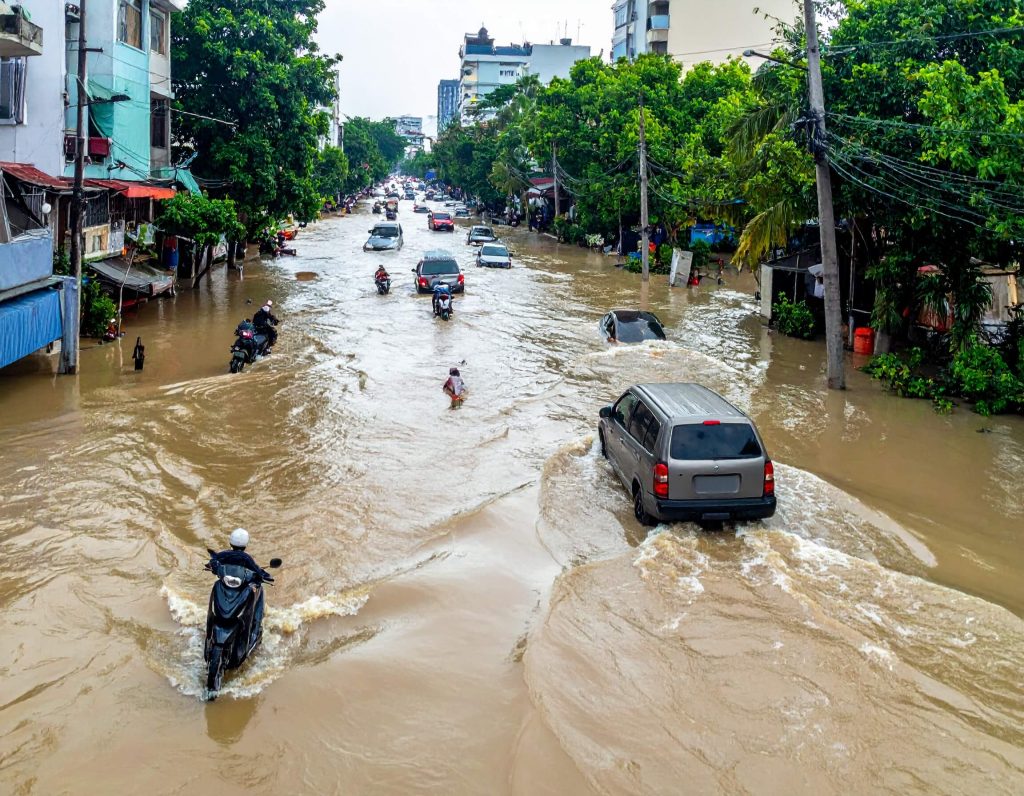
The extreme flooding in Hanoi and similar events worldwide serve as stark reminders of the powerful forces of nature and their profound impact on our lives. As we face these challenges, we must recognize that our responses extend beyond immediate damage control; they shape our identities, cultures, and communities. By embracing resilience, creativity, and solidarity, we can navigate the complexities of our environment and forge a path toward a sustainable future.
In the face of climate change, let us not only endure but thrive, drawing strength from our shared experiences and the rich tapestry of human resilience. Together, we can craft a narrative that honors our past while inspiring a hopeful future.
Deep Dive Podcast
Check out our Deep Dive Podcast
At A Bus On A Dusty Road, we discuss history, travel, life, sailing, and ex-pat living. We are all about “Living Life As A Global Citizen.” We explore social, cultural, and economic issues and travel.
We would love to have you be part of our community. Sign up for our newsletter to keep up-to-date by clicking here. If you have any questions, you can contact me, Anita, by clicking here.
Listen to our Podcast called Dusty Roads. You can find it on all major podcast platforms. Try out listening to one of our podcasts by clicking here.
Subscribe to our A Bus On A Dusty Road YouTube Channel filled with great videos and information.
Related Questions
How Long Did It Take to Build the Whole Great Wall of China?
The Great Wall of China took over 2,000 years to build. The building span many Chinese Dynasties for about 22 centuries. The construction of the wall ended in the Ming Dynasty in 1644. The Great Wall is one of the largest human-made construction projects globally; the Great Wall is over 21,196 kilometers or 13,171 miles. There are over 25,000 watchtowers scattered throughout the Great Wall structure.
You can discover more by reading How Long Did It Take to Build the Whole Great Wall of China? by clicking here.
The Conquer Virtual Challenge Or My Virtual Mission – Virtual Travel
The Conquer Virtual Challenge, also known as My Virtual Mission, is an online platform that allows you to travel the world as you log miles virtually you have traveled (usually through swimming, hiking, biking, cycling, running, rowing, elliptical, walking, or even in a wheelchair). It is a great way to stay motivated and exercise while logging your miles to virtually see other parts of the world. I recommend the Conquer Virtual Challenge.
You can learn more by reading The Conquer Virtual Challenge Or My Virtual Mission – Virtual Travel by clicking here.
What Is A Token Of Gratitude? What Purpose Does It Serve?
A token of gratitude is when we acknowledge that someone has done something great for us, and the thanks we express to them do not match up to their act of kindness; the purpose of a token of gratitude is to show appreciation to another person. Having gratitude is shown to be vital as it helps us to live healthier and happier lives. How we view and use gratitude in our lives will directly impact the quality of our life; this is why gratitude is so essential for our health and well-being.
By clicking here, you can discover What Is A Token Of Gratitude? What Purpose Does It Serve?

